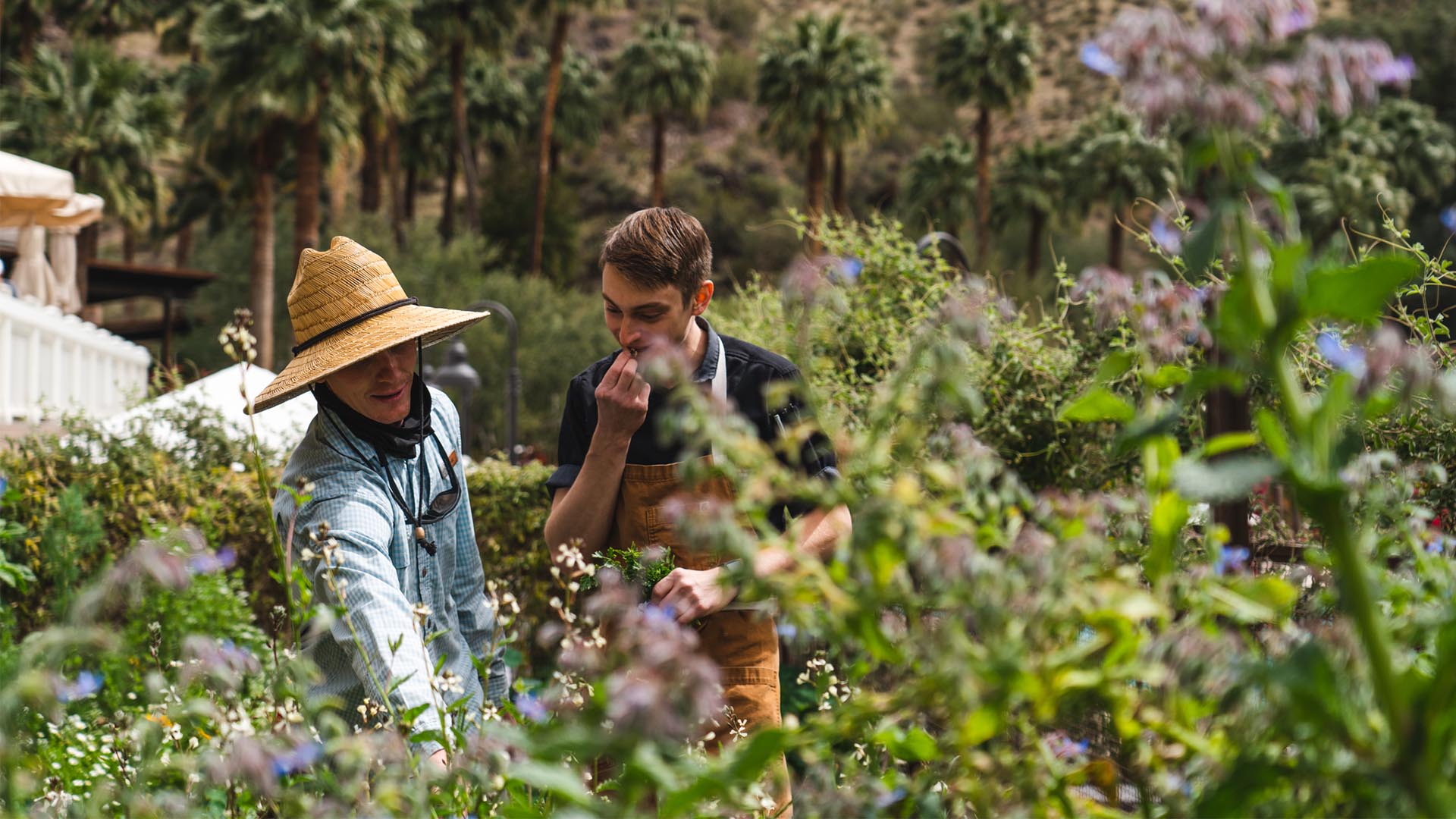
Sustainable farming and localised food systems are essential ingredients for ensuring our planet’s overall health for future generations to come, which is why this Earth Day we’re celebrating the eco-friendly efforts of an organic, closed-loop farm in the Sonoran Desert. Arizona native and Sous Chef John Amann is part of a team of skilled agronomists, flavour farmers, and kitchen staff at Castle Hot Springs who are helping to plant the seed for the resort’s unique farm-to-table culinary experience.
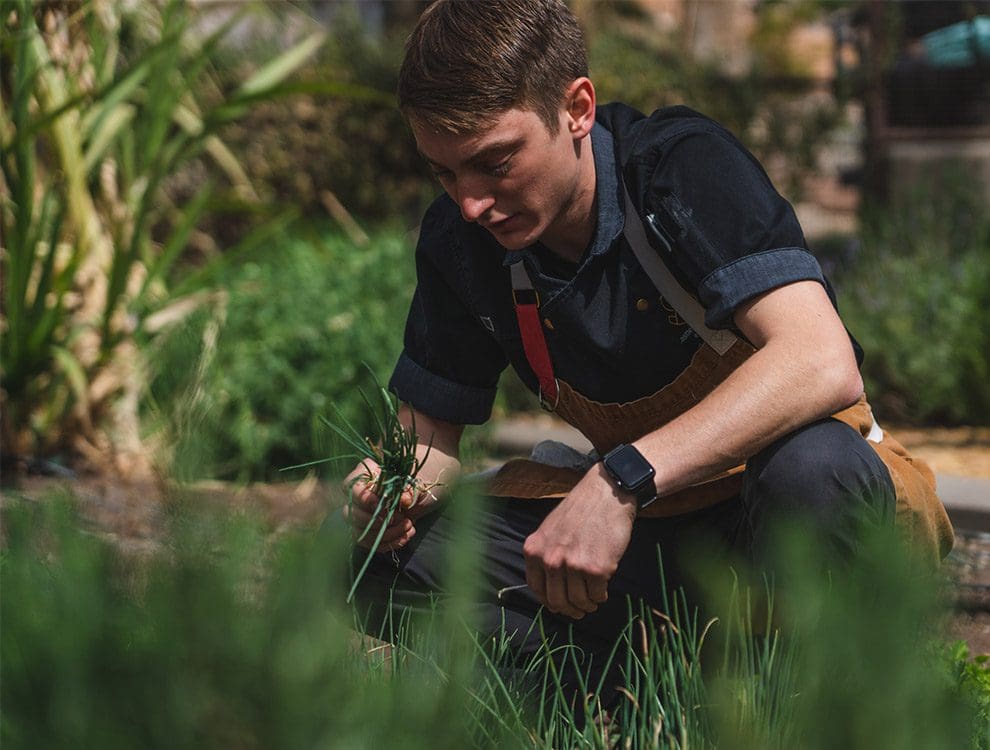
John Amann on the Castle Hot Springs farm
As the Sous Chef at Castle Hot Springs since 2019, John Amann brings the menu to life by emphasising his passion for farm-fresh produce and ingredients in every meal prepared at the historic desert oasis. Inspired by his culinary studies of cuisines from around the world, John’s objective extends beyond delivering one-of-a-kind dishes as he strives to educate Castle Hot Springs’ guests that fine dining can be just as delicious when prepared sustainably with locally sourced and antibiotic-free ingredients.
As part of this didactic ethos, guests are offered daily tours of the three-acre on-site farm where over 150 different crops are cultivated and harvested each season. The immersive experience delves into the sustainable growing practices followed by John and the team, and how they utilise one of the most unique growing climates in the world to cultivate crops from seed to plate. The resort has also recently extended the farm to include a flower garden, where the team is cultivating a variety of seasonal flowers which are used in floral arrangements, spa products and to enhance the culinary offerings.
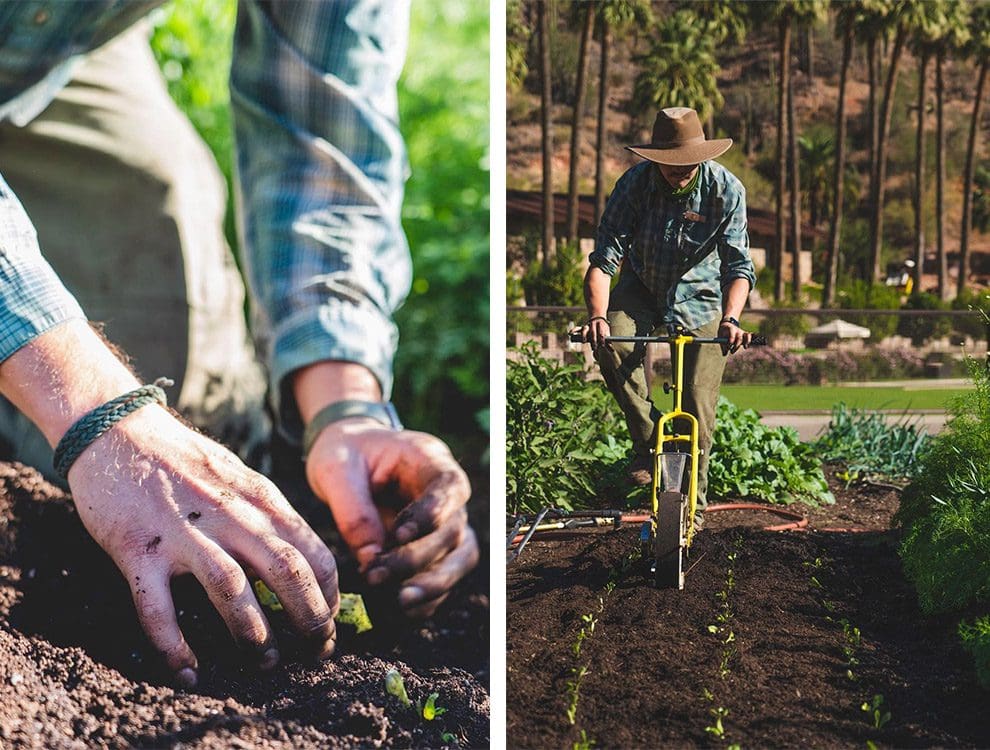
“Currently, my goal is to utilise the ingredients from our exceptional crops grown on property and develop their flavours into a once in a lifetime experience,” says John. “Upholding the natural integrity and flavor of the produce with as little adjustment as possible to maintain its natural excellence is the standard I have set for both myself, and the restaurant.”
A frequent recipe contributor and regular on Channel 5 News and AZ Family, when he’s not in the kitchen working on his latest pickling and preserving recipes, the 24-year-old spends his time off hiking and mountain biking in the surrounding and Bradshaw Mountains.
How would you describe the flavours of Arizona, and do these change each season?
Flavours of Arizona to me can be described as the soul of the southwest. We live in a citrus mecca, starting with Mexican Limes and Pink Lemons early in the season, only to be relieved by Oro-blanco and Ruby-Red grapefruit, followed by sweet Naval and Blood Oranges every year. Thankfully, the Sonoran Desert has a hyper extended summer season, and only a very short winter season. In summary, plants like the heat versus the cold, so we are able to grow crops like summer squash and eggplant almost eight months out of the year. Chili peppers thrive in Arizona’s dry and hot climate. One thing we learned painfully quickly while testing different chili verities is that a chili’s heat will vary depending on the climate. So a hot chili that typically grows in an 80 degree climate, will be substantially hotter when grown in a 110 degree environment. Be aware!
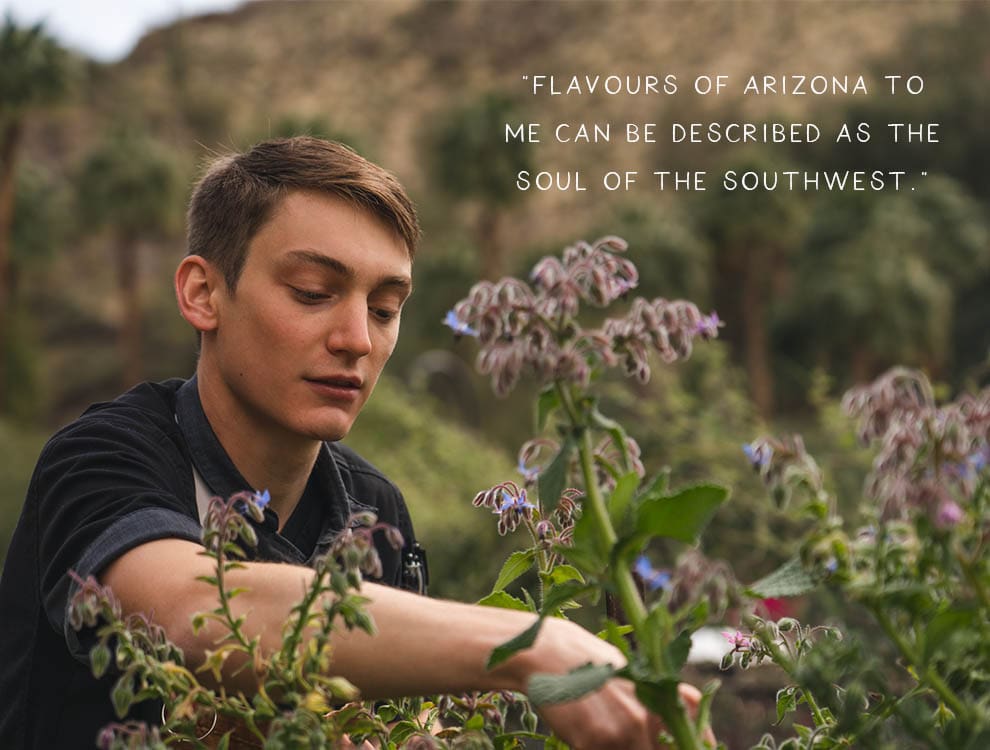
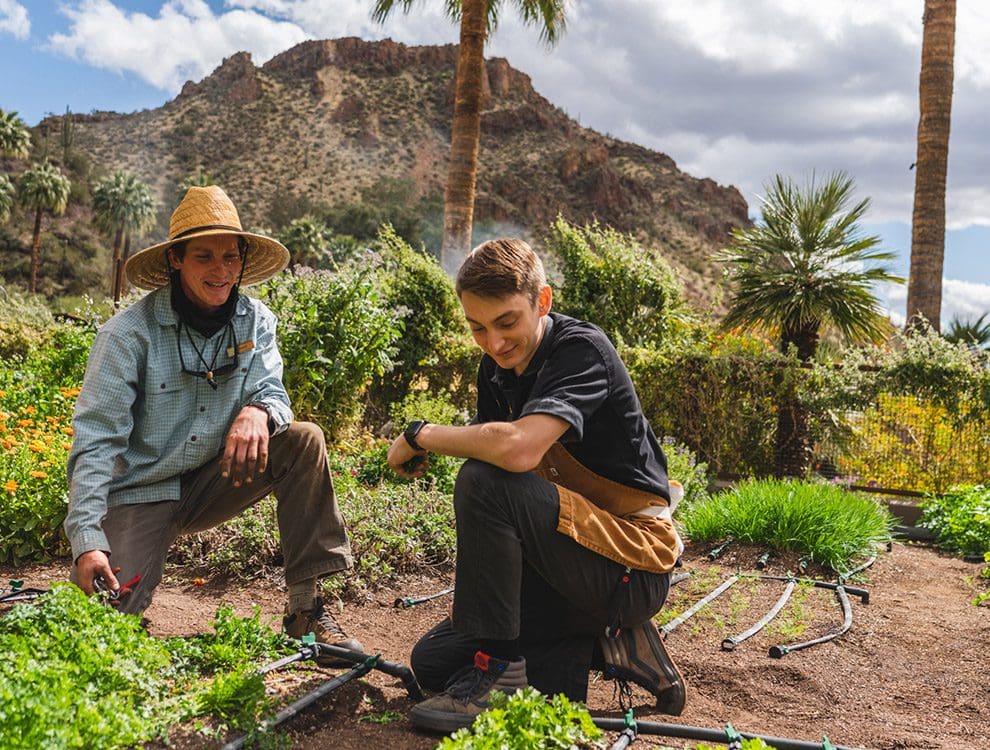
John with one of the resort’s flavour farmers, David
In the wintertime we can focus in on more of our leafy greens and brassicas such as Bok Choy, Napa Cabbage, and Southern Collard Greens, as well as our favourite root vegetables such as the Mokum Carrot and the Hakurei Turnip. Using our greenhouses, we are able to control our grow environment to produce outstanding varieties of tomatoes, cucumbers, basils, and micro greens all year round!
Tell us more about what farm-to-table produce means to you, and what sustainable growing practices you follow?
If you walk into our kitchen and observe each cook’s prep space, you will notice everyone is equipped with a compost bin. We take those bins when full to a much larger container which feeds our compost and ultimately makes soil to grow our vegetables. Of course, it’s not just food scrap we compost, we shred our single-use compostable menus and using a woodchipper are able to compost our landscape trimmings.
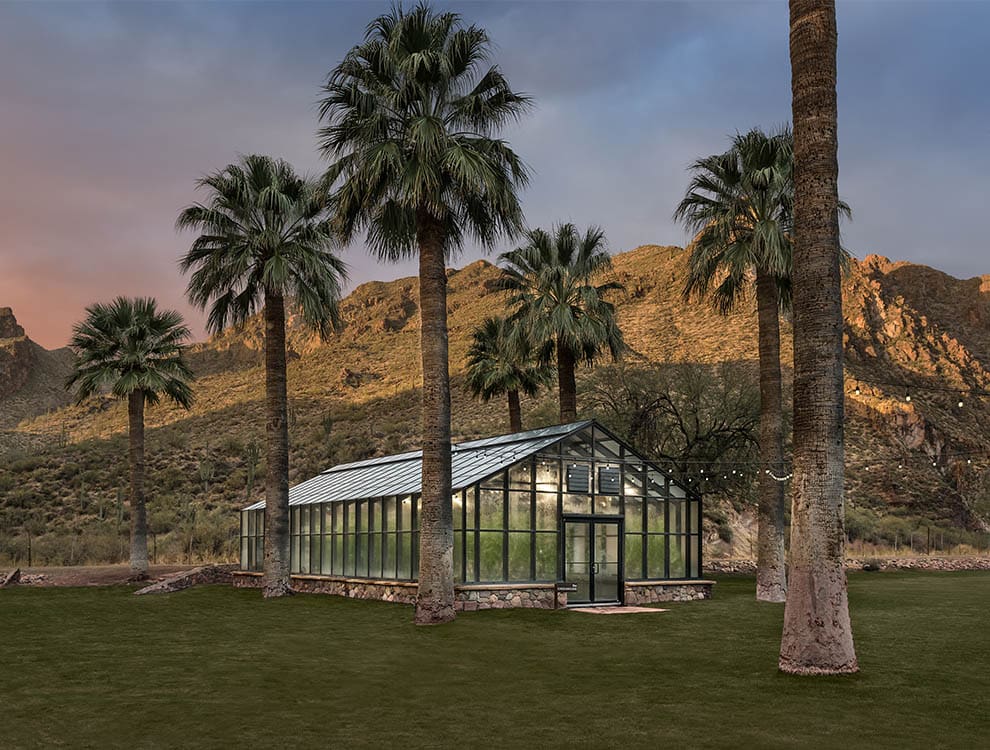
One of the Castle Hot Springs on-site greenhouses
When you’re in a position to be growing vegetables, you’re left with parts of the plant you wouldn’t normally see in the store or in an order guide. When you grow a 50-foot bed of carrots, there is also 50-foot worth of carrot tops to find a use for. Think about cauliflower, that single white head produces ten times its weight and size in leafy greens. At Harvest, our in-house restaurant, we are constantly manipulating the unusual. Those carrot tops and cauliflower greens can be roasted in our hearth to give them a smoky flavour from the mesquite wood we burn, then take those greens and combine them with some fresh citrus and olive oil and you have a vegetable pesto! This could be featured as a spread or an accompaniment on a sandwich, all while making a use of a product normally disregarded.
What ingredients are you currently growing on the farm?
Currently we are growing multiple varieties of carrots: Mokums, Ox Heart, Golden Nugget, Purple Dragon.
Along with…
- Bok Choy and Napa Cabbage, as well as a fun new green called Yod Fah.
- Hakurei and Tokyo Cross Turnips.
- Dragon Tongue Beans, Sugar Snap Peas, Haricots Verts.
- Basil: Blue Spice, Lemon, Lime, Purple Opal, Genovese.
- Herbs: Lemon Thyme, Cilantro, Sweet Marjoram, Winter Savory, Mexican Tarragon, Pineapple Sage.
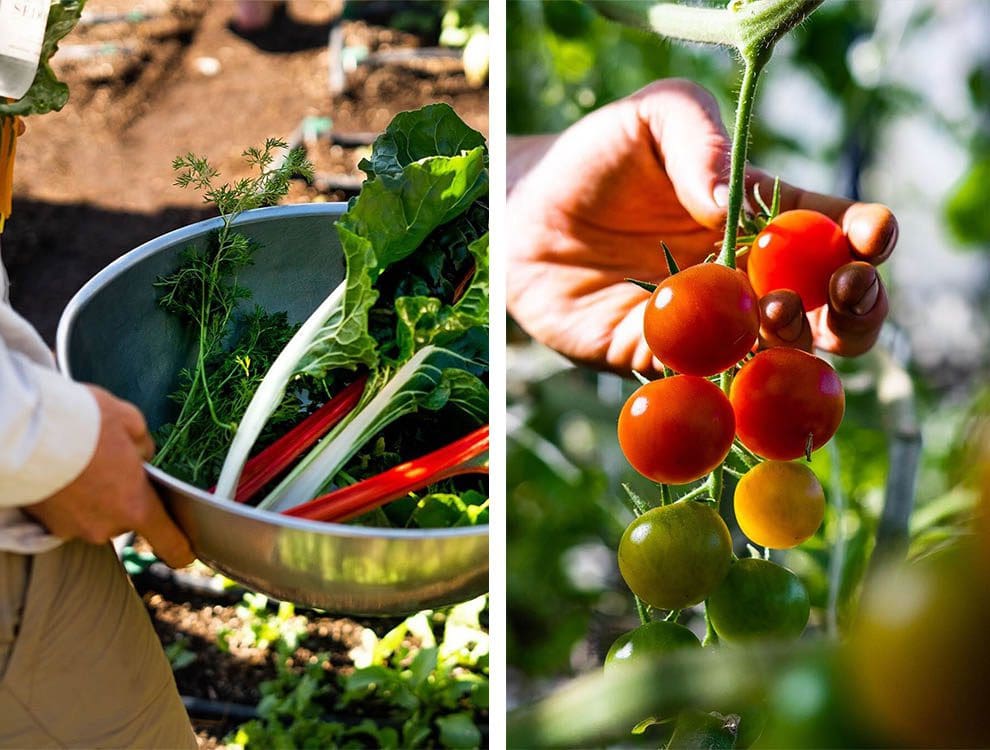
Which hiking/cycling trail would you recommend when visiting the Bradshaw Mountains?
Thankfully we have an incredibly talented Outdoor Activities department at Castle Hot Springs, working to continuously construct new trails to blaze through the Bradshaws right in my own backyard. There are new trails constantly being constructed and renovation work on the old ones. One of my favourite trails to ride starts you off at the resort, as you snake your way on an exhilarating trail over to the Agave Mesa to see we are growing over a thousand Agave.
However, if I can get away from the resort, you will find me full speed on my dirt bike behind Lake Pleasant with water on both sides and in front of me, dodging cactus and grabbing gears.
What is your favourite dish, and can you share the recipe?
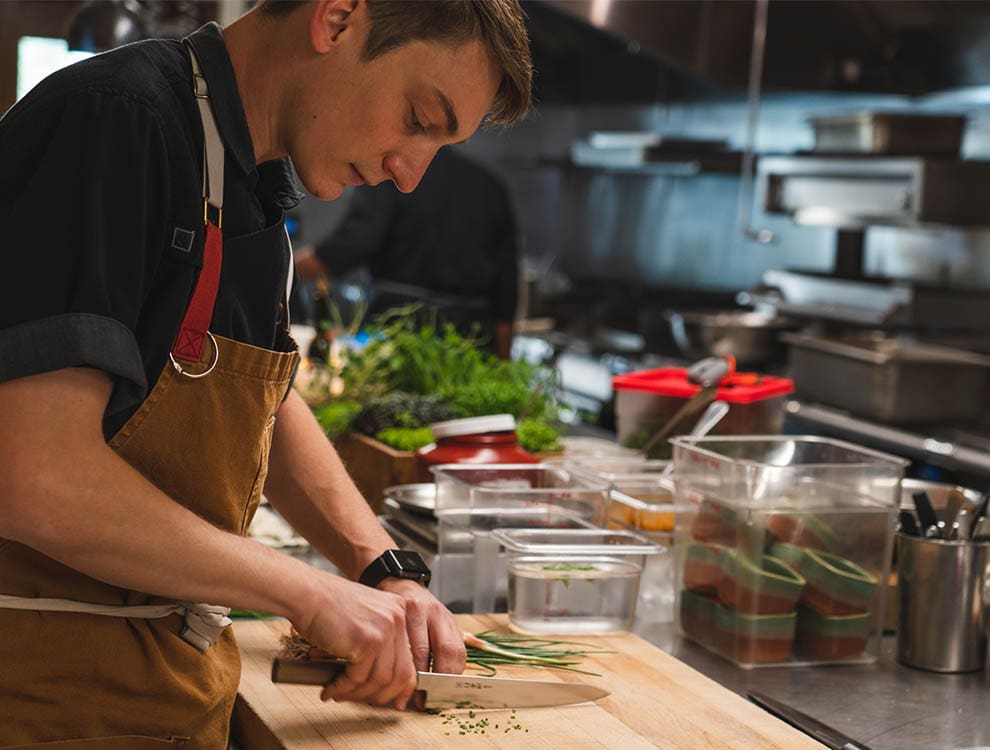
One of the most versatile recipes I use is called Green Harissa. This can accompany a fish course as well as a poultry, and in the event you made too much, it is equally as versatile as a marinade for prawns or perhaps chicken thighs. It is a great way to showcase our herbs such as cilantro and parsley, as well as be a very easy template to manipulate with a little nasturtium or sweet marjoram if available. You’ll find the recipe below, but please don’t feel you need to follow it exactly. Use your favourite chili pepper (it doesn’t have to be a jalapeno), this is a sauce that speaks for the creator.
John’s Green Harissa Recipe
Ingredients
- 8 whole black peppercorns
- 2 tablespoons cumin seeds
- 1 tablespoon coriander seeds
- 3 Jalapenos, seeded and sliced
- 2 Scallions, sliced
- 2 cloves garlic, smashed
- ¼ cup pumpkin seeds
- ½ cup extra virgin olive oil
- ½ cup flat leaf parsley leaves
- ½ cup cilantro leaves and tender stems
- ¼ cup fresh lemon juice
- 1 tablespoon smoked maldon
Method
- Lightly toast peppercorn, cumin, coriander and pumpkin seeds until fragrant then chill.
- Purée the spice mix and pumpkin seeds with jalapeno, scallion, garlic, oil, parsley, cilantro, lemon juice and salt in a blender until smooth.
- Serve with fish or poultry. May also be used as a marinade for shellfish and poultry.
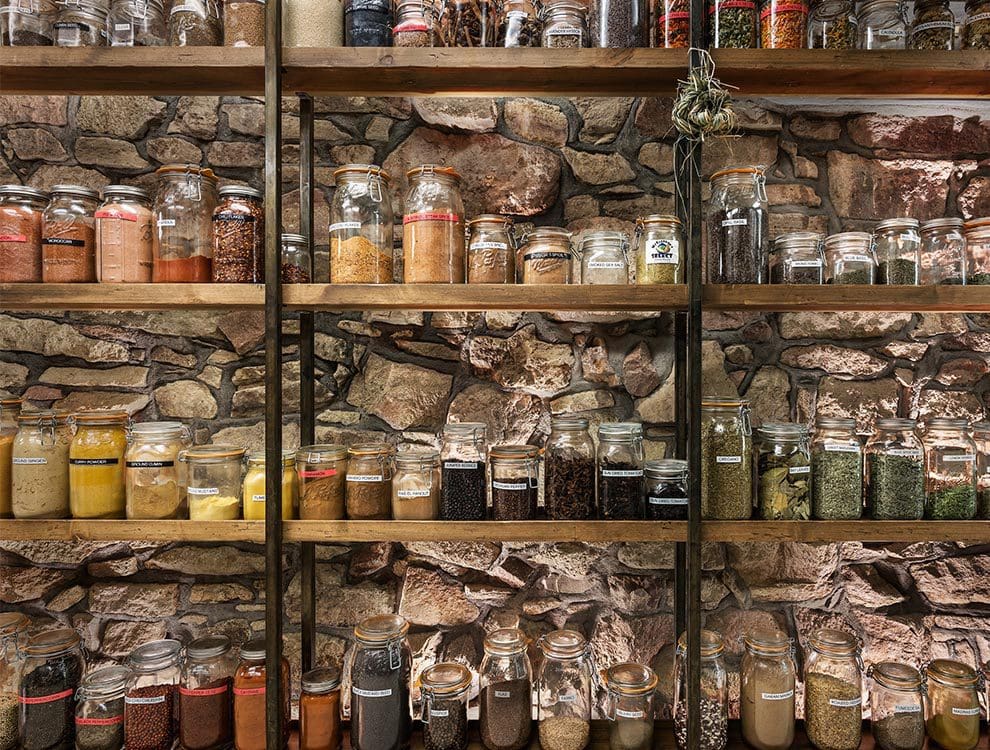
Enjoyed this recipe? Watch John make salsa in the Castle Hot Springs kitchen here.
Share this article
Latest stories
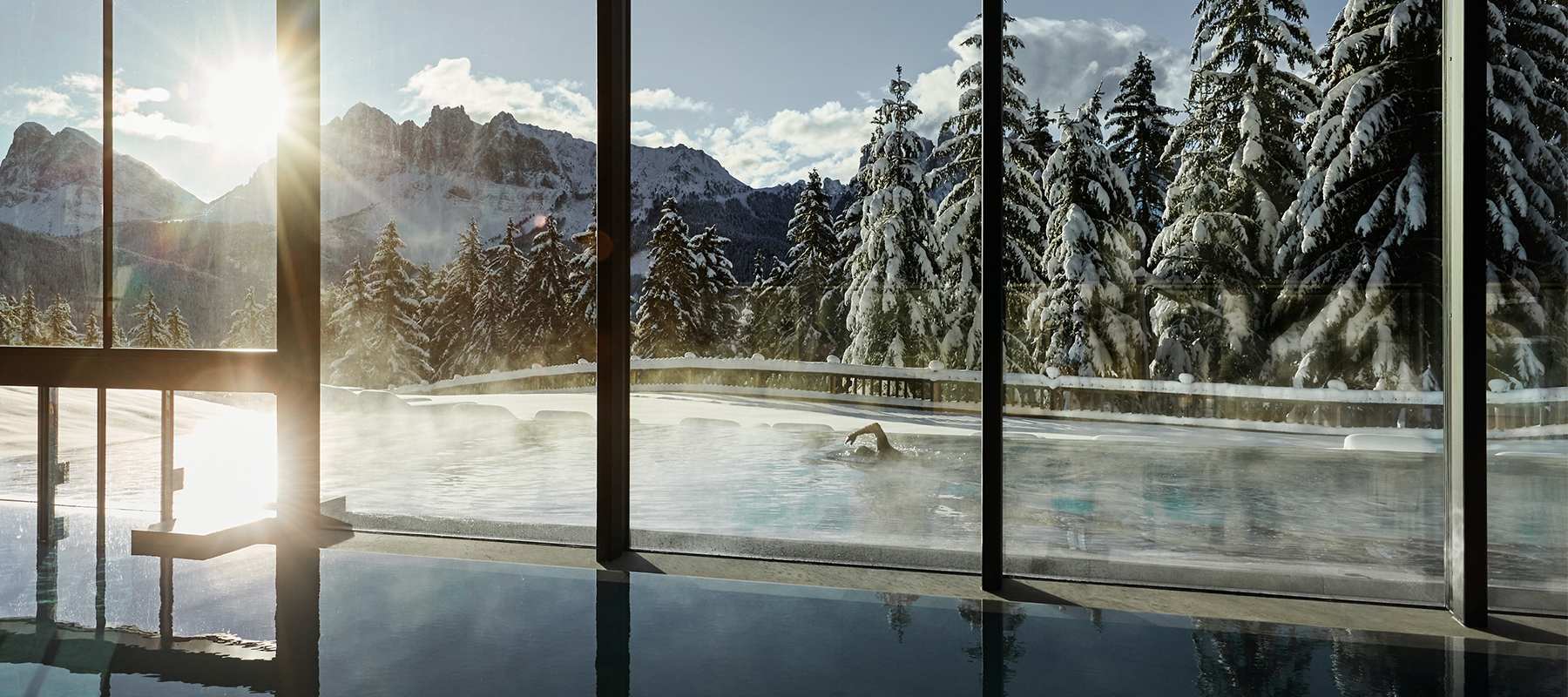
Elevated wellbeing escapes: 5 mountain retreats made for meaningful rest
When the world feels too fast paced, the mountains offer the ultimate antidote. Whether blanketed in winter snow or wildflowers come spring, these high-altitude hideaways invite a deeper kind of rest — the kind found in silence, fresh air and unspoiled nature. Part of SLH’s Wellbeing Collection, each retreat goes
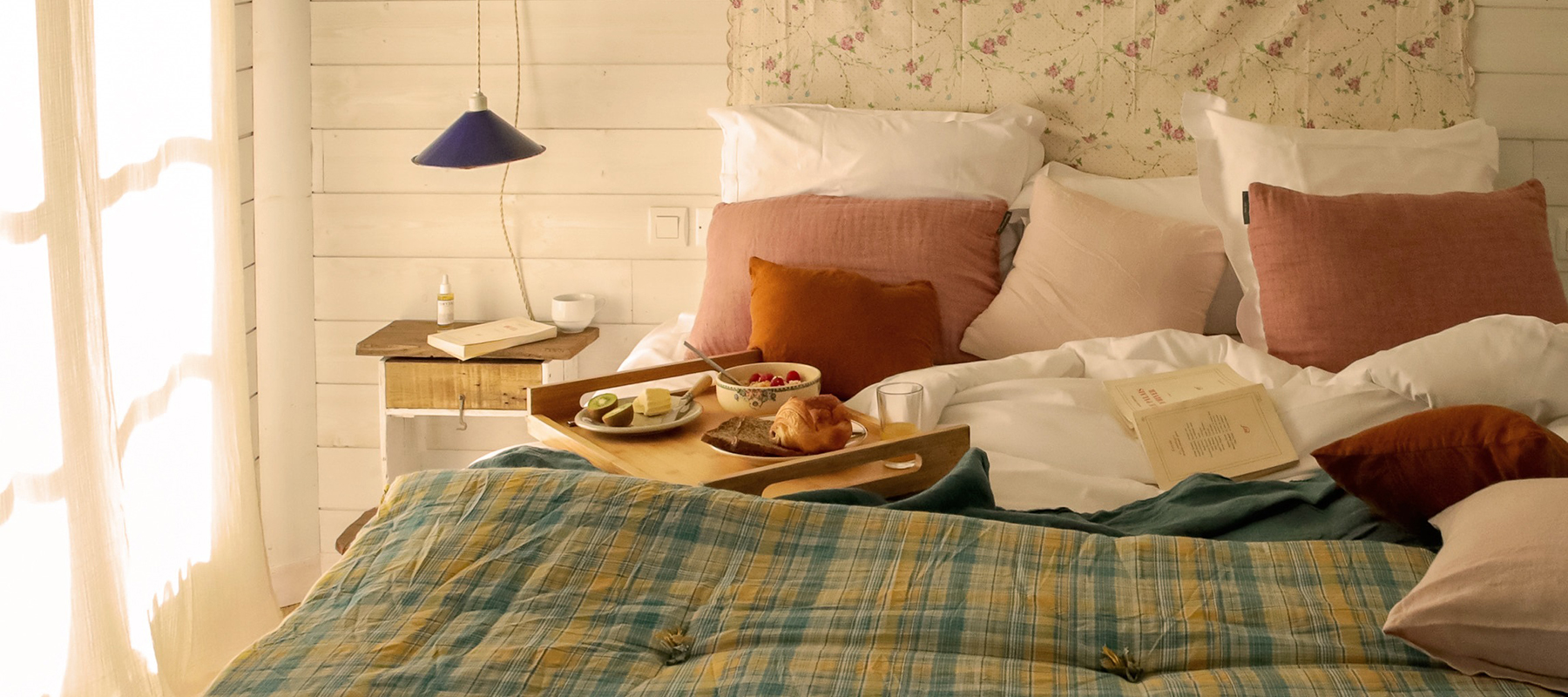
5 dreamy weekend getaways from Paris: Bordeaux to Brittany
While the City of Light always seems to steal the spotlight, France’s captivation extends far beyond the capital, from the châteaux and serene landscapes of the Loire Valley to the rugged coastlines and charming seaside villages of the Atlantic coast. Luckily, many of these destinations are just a short trip

6 boutique ski hotels in North America for a luxurious mountain escape
Ski season is settling in, and the pull of powder and pine feels stronger than ever. From Jackson Hole’s untamed grandeur to Park City’s polished après-ski scene and Vail’s effortlessly elegant slopes, boutique hotels are trading glitz for grounded luxury — where style, solitude, and good snow all share top
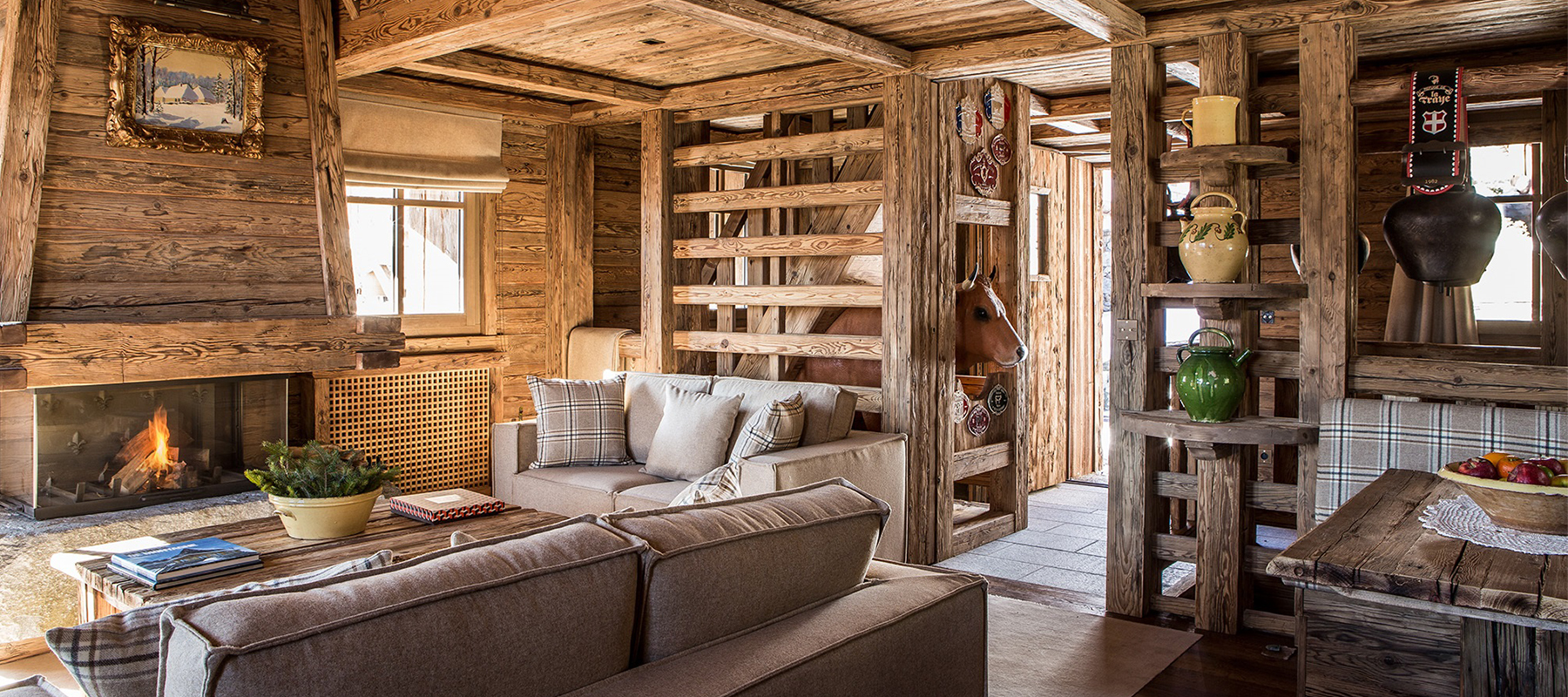
Family ski holidays in France: where to go in the French Alps for all ages
Few things are as precious as that first, quiet moment when little ones wake to a world blanketed in snow, noses pressed to frosted glass, eyes wide with wonder. When it comes to family ski holidays, no one does it quite like the French. With expert instructors guiding children onto

